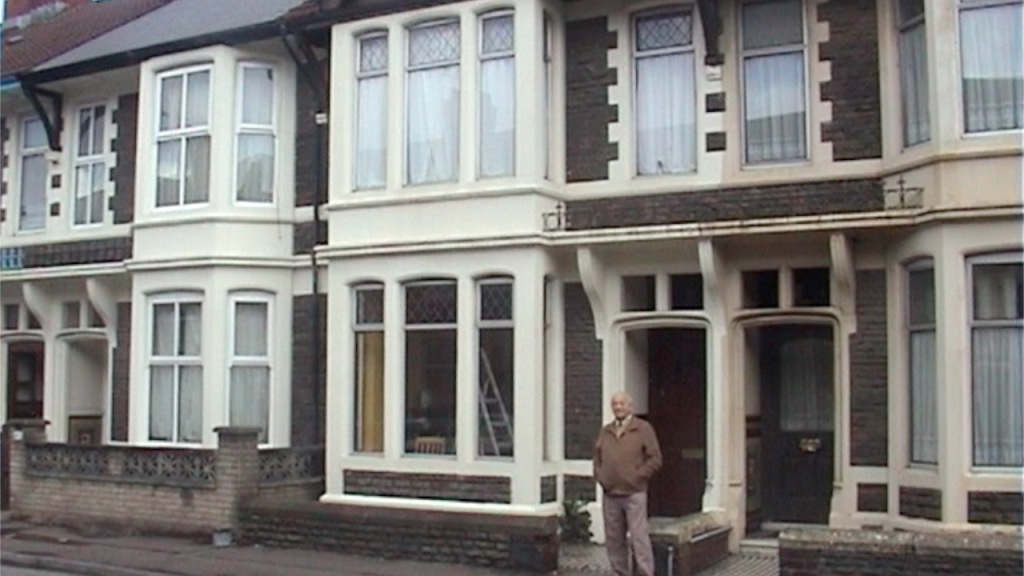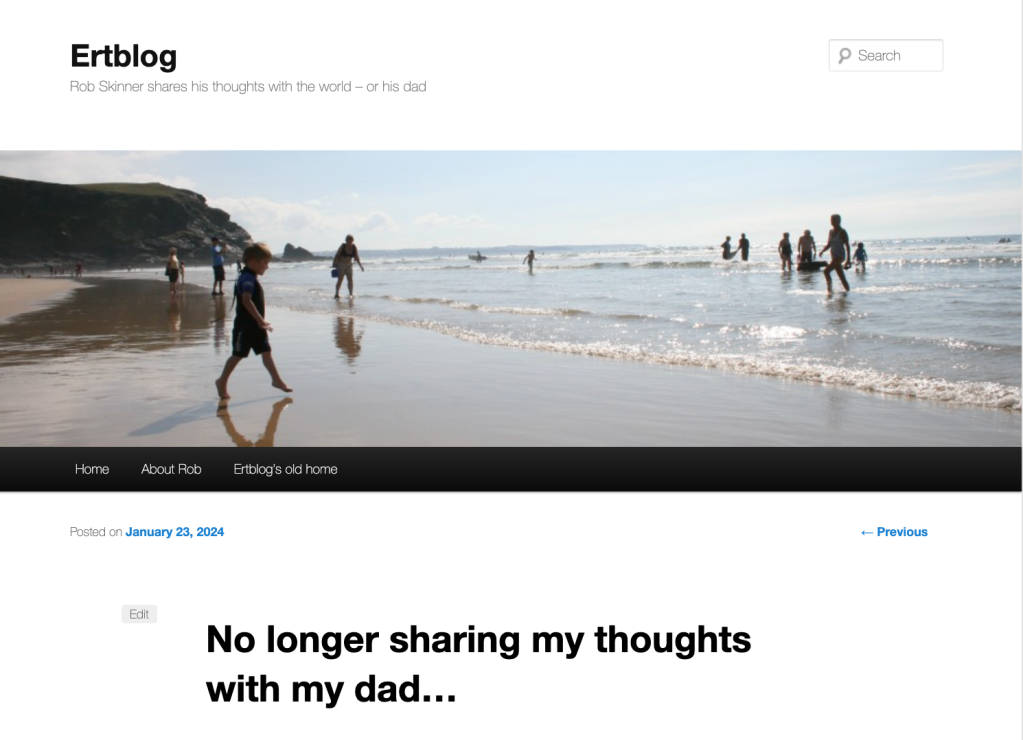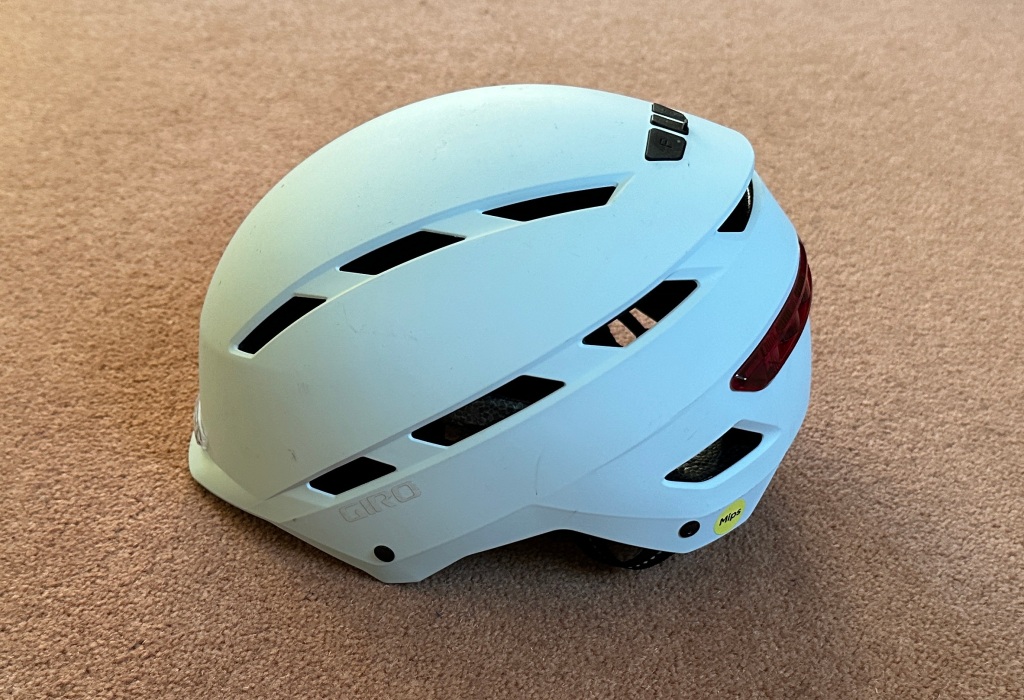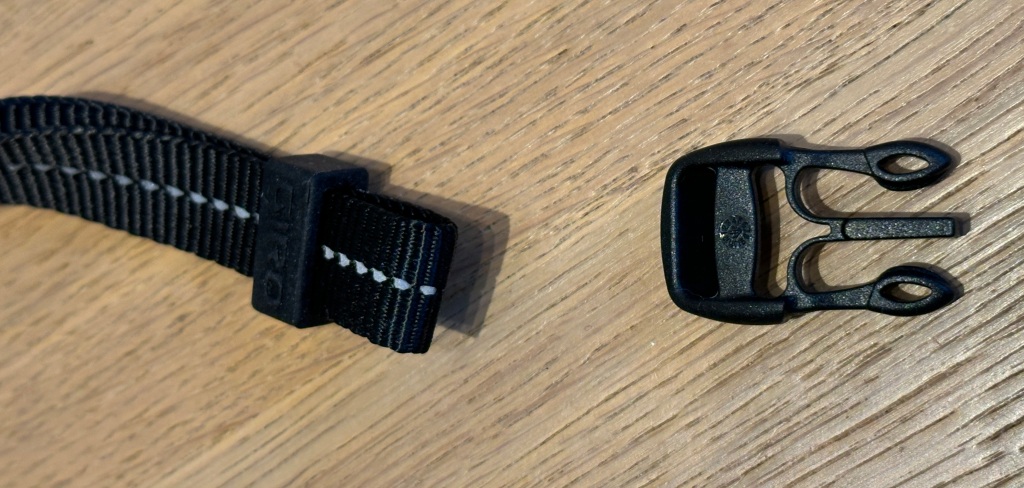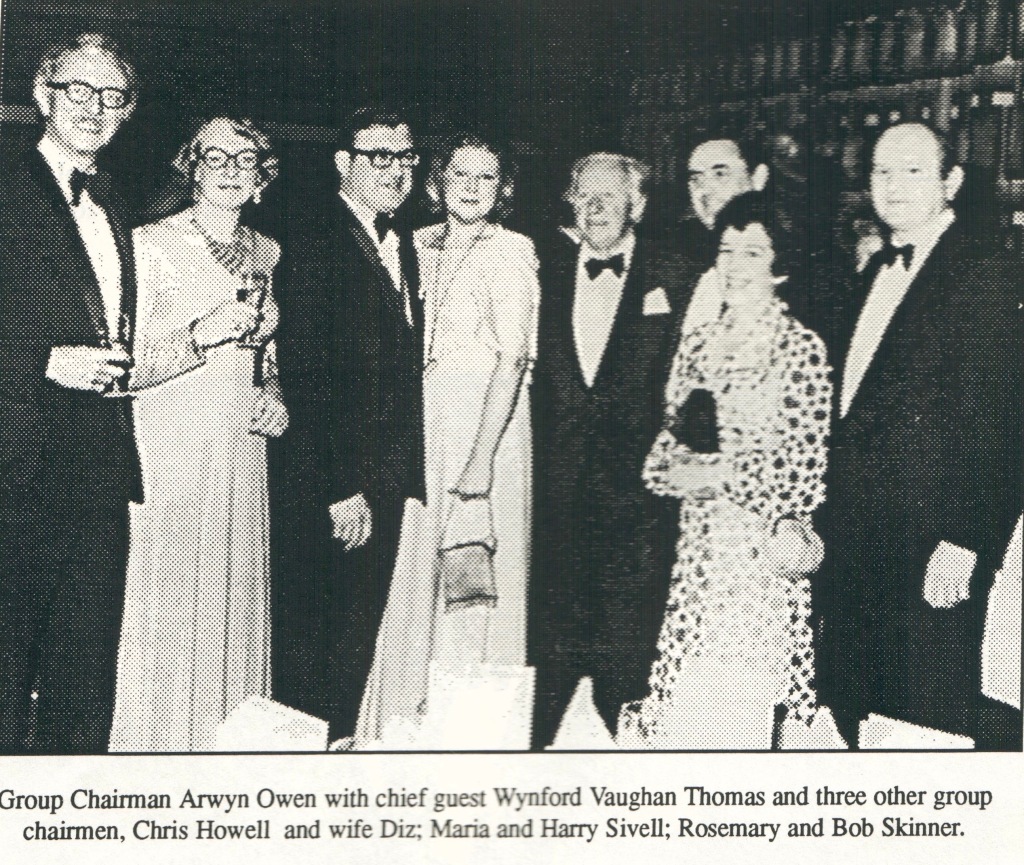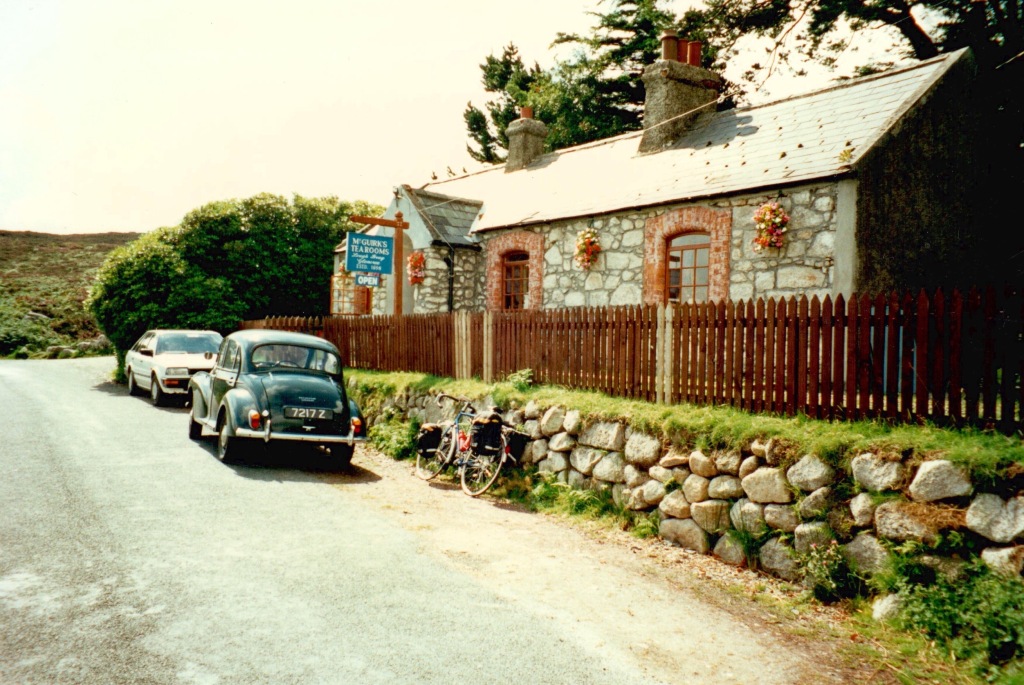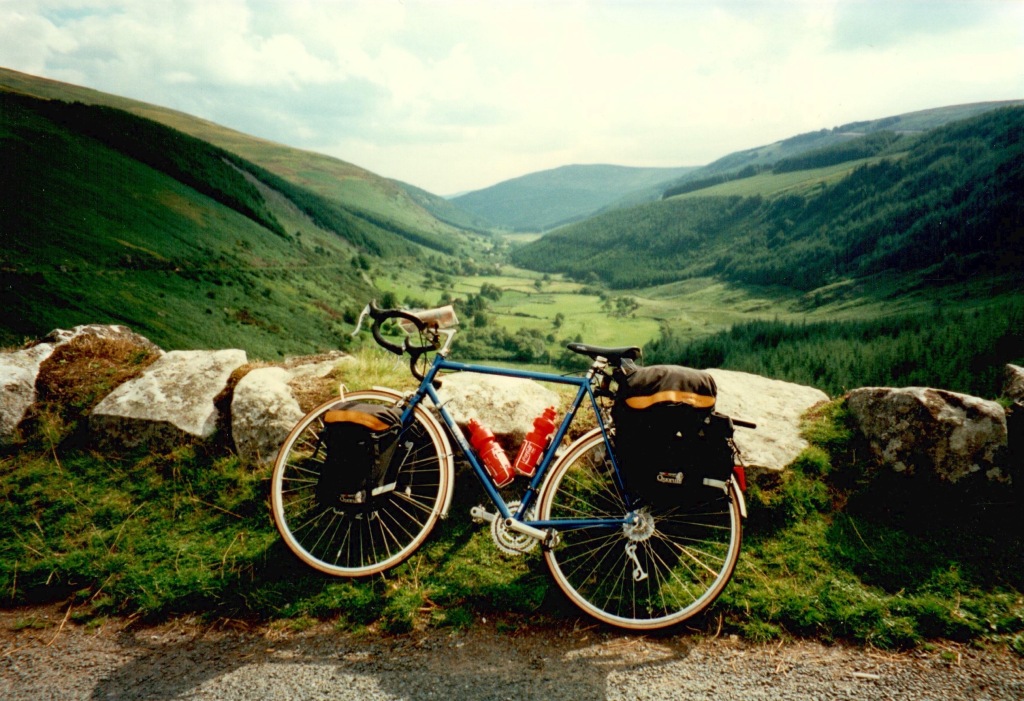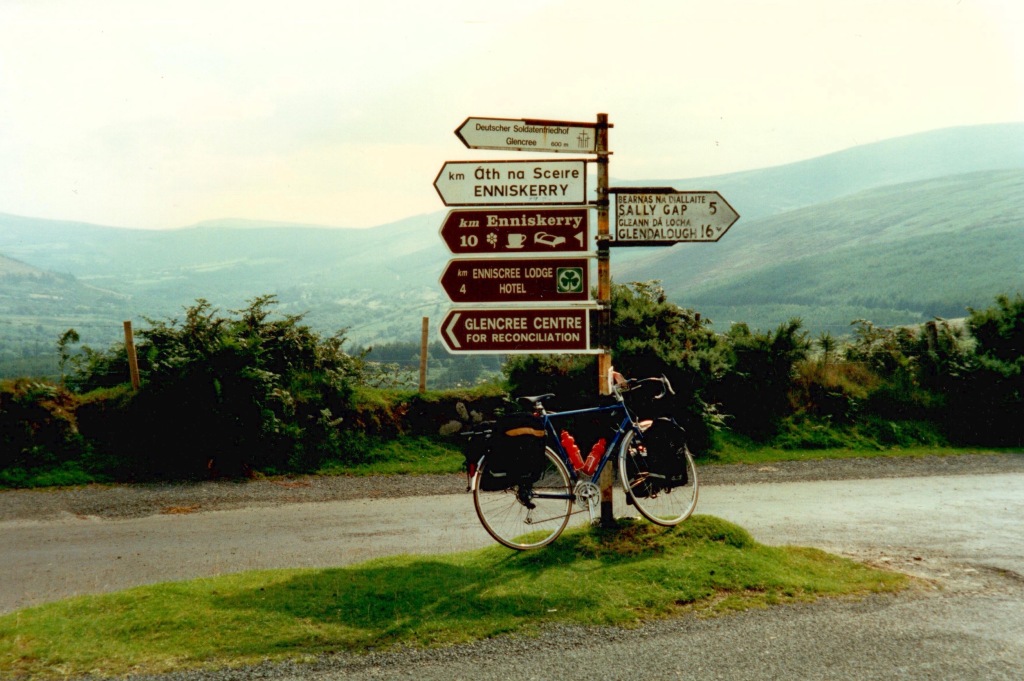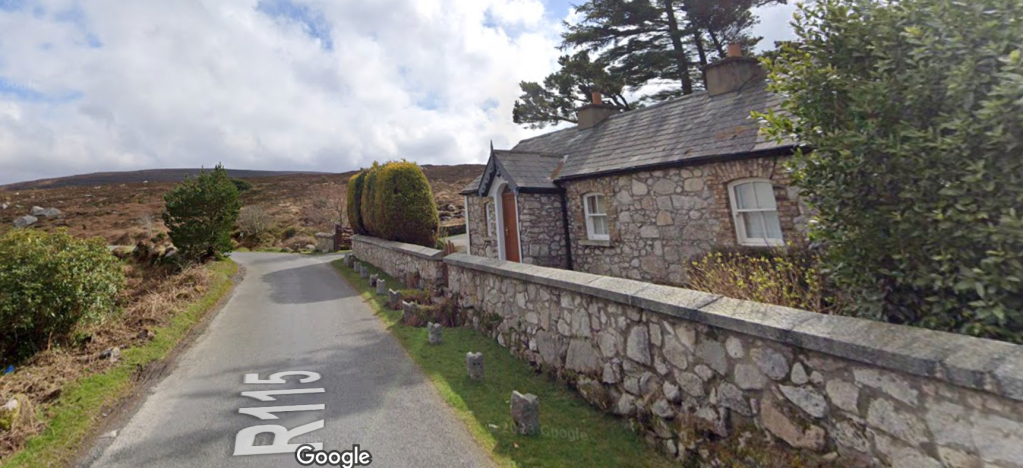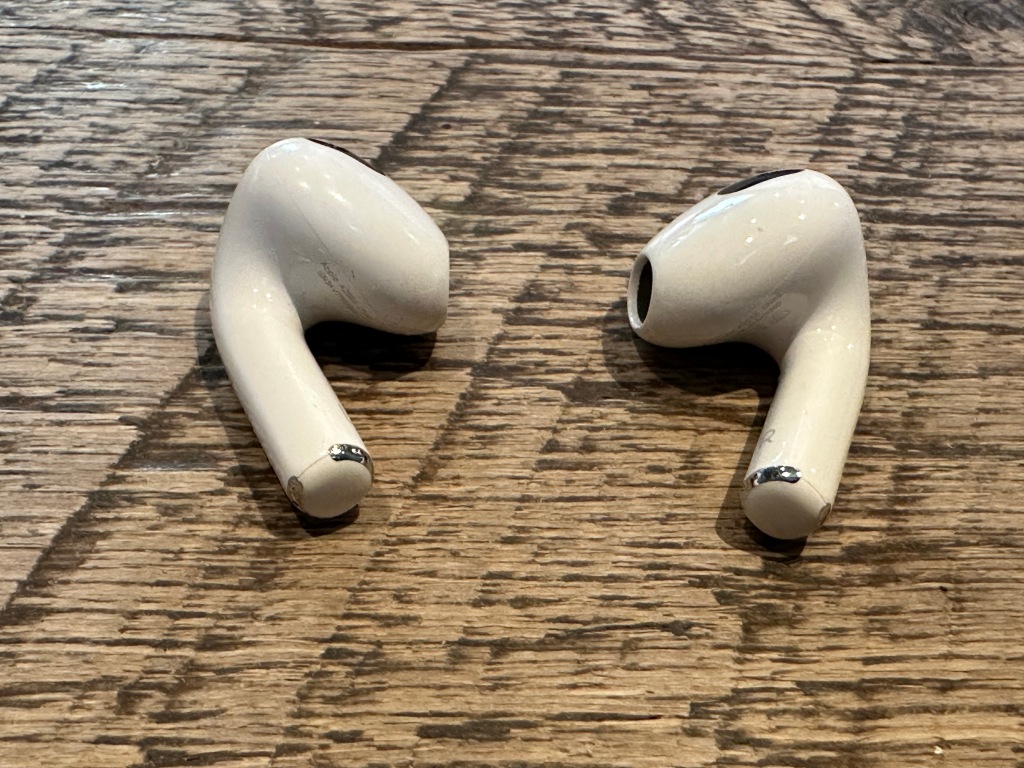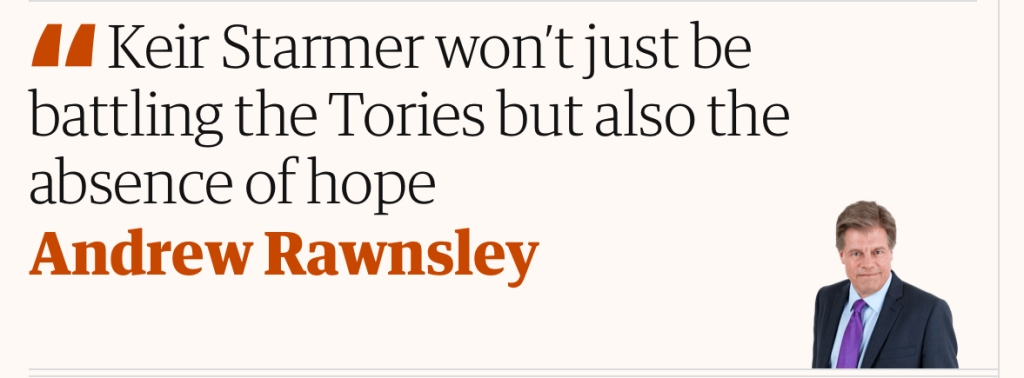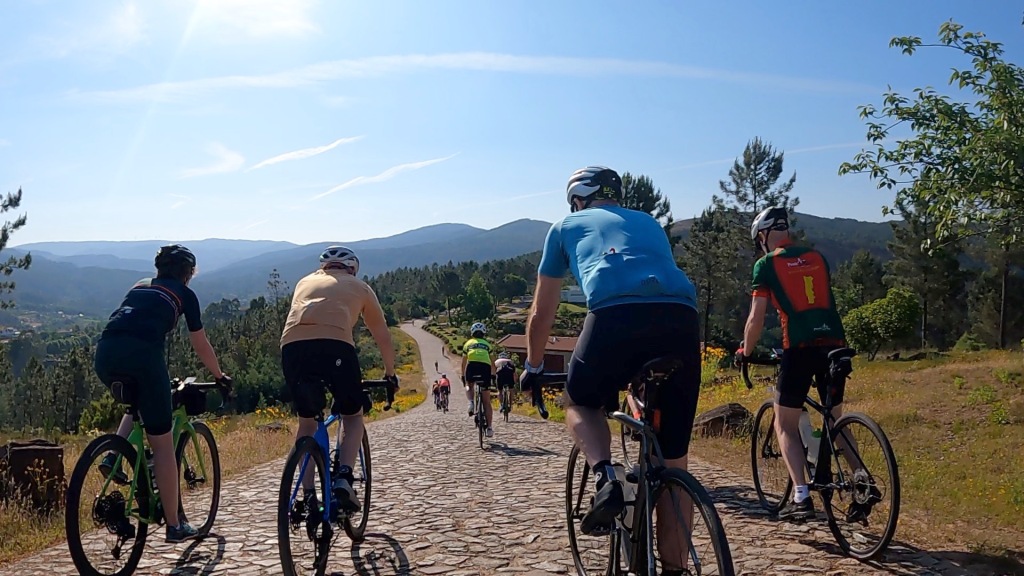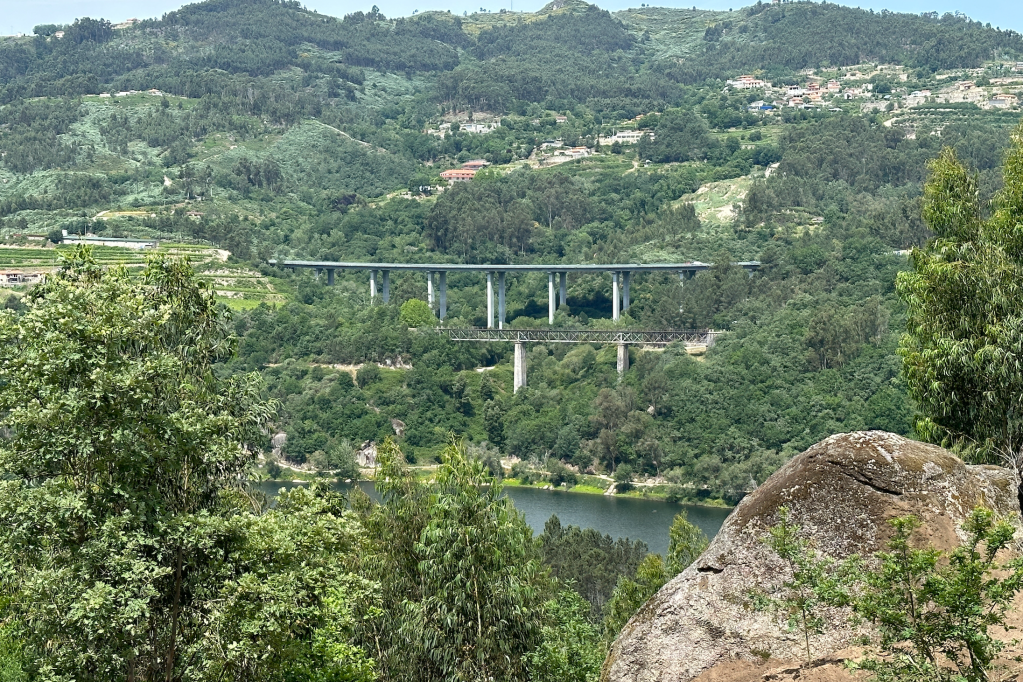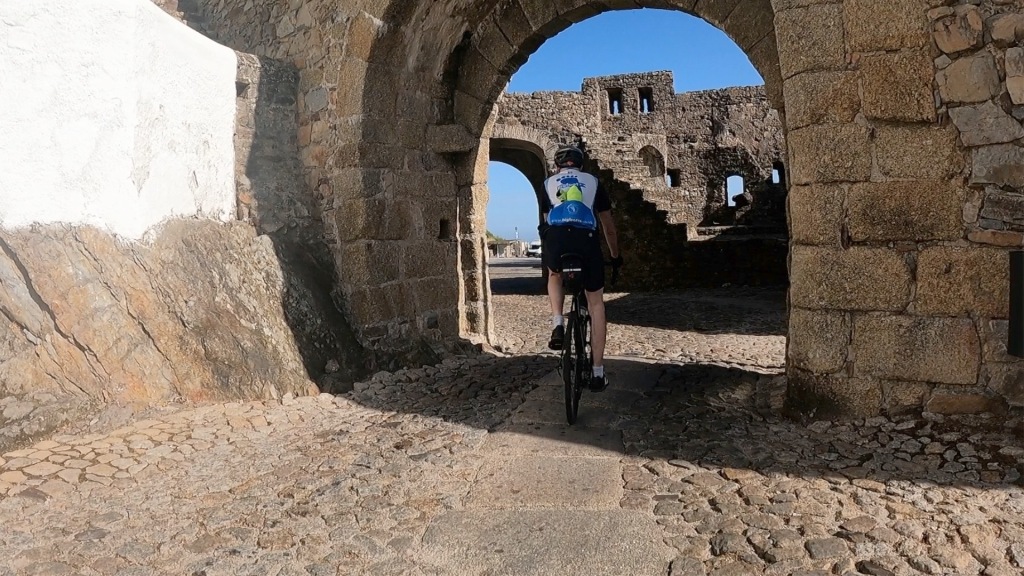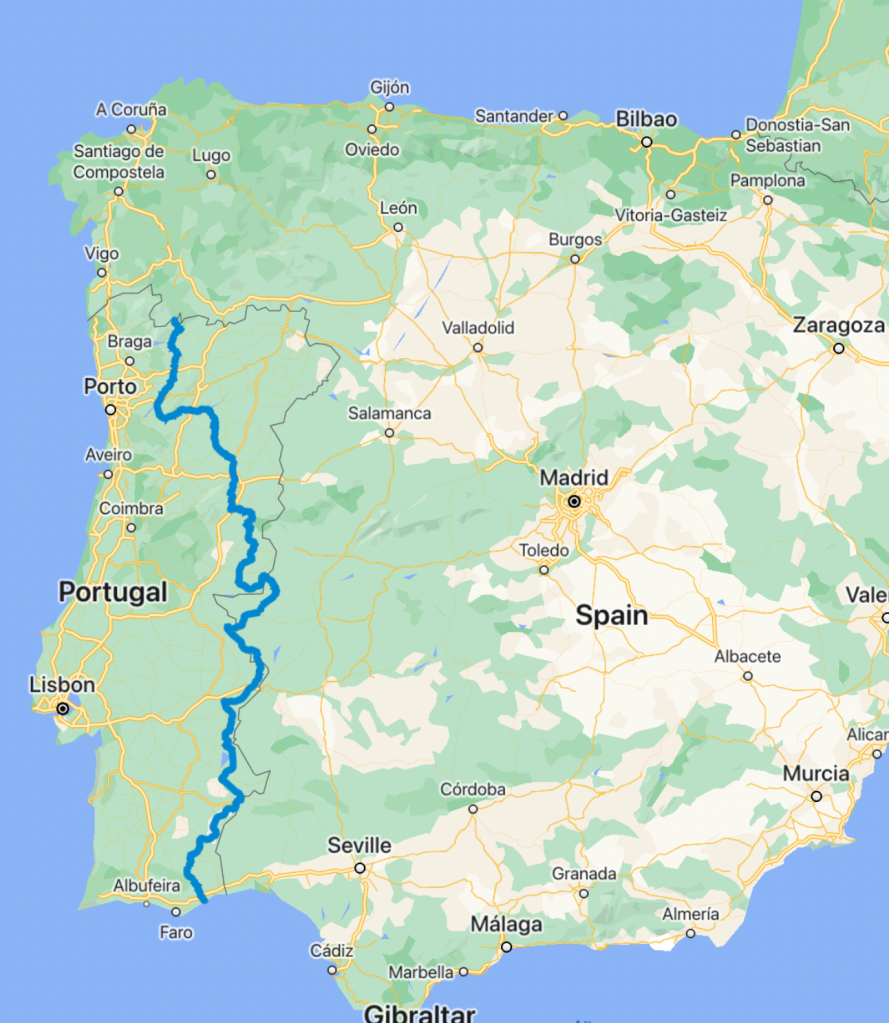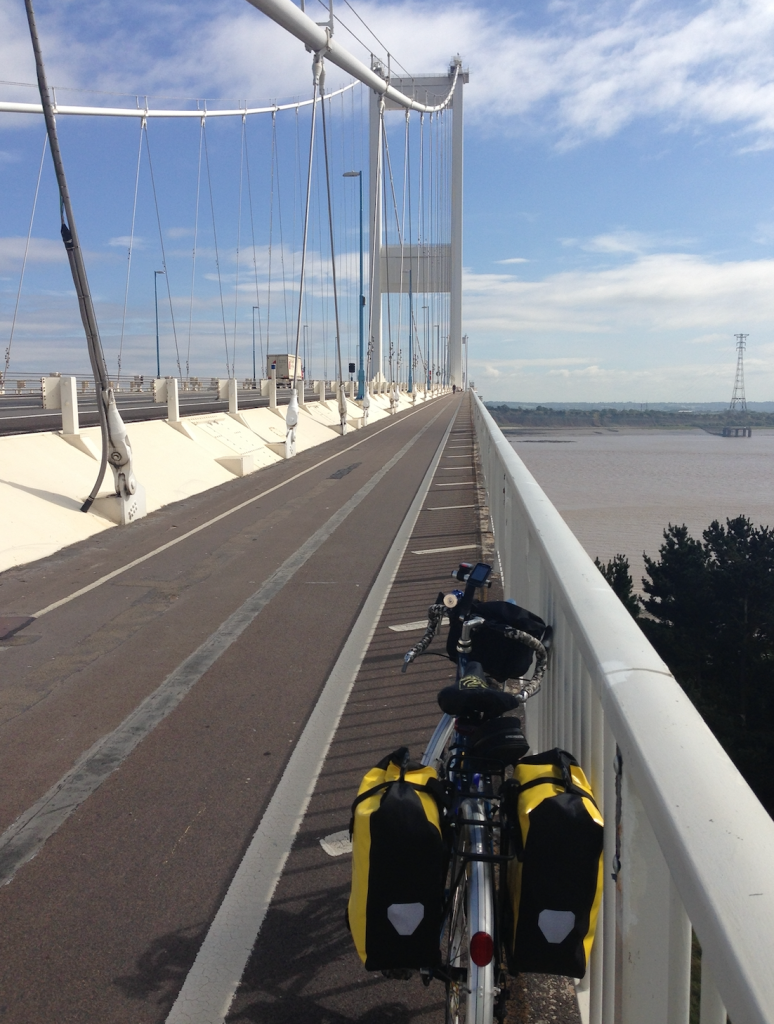It wasn’t to be. Lowly Newport County came back from 2-0 down against footballing royalty Manchester United, but it was the Premier League side that will play in the fifth round of the FA Cup next month, winning 2-4 at Rodney Parade, Newport.
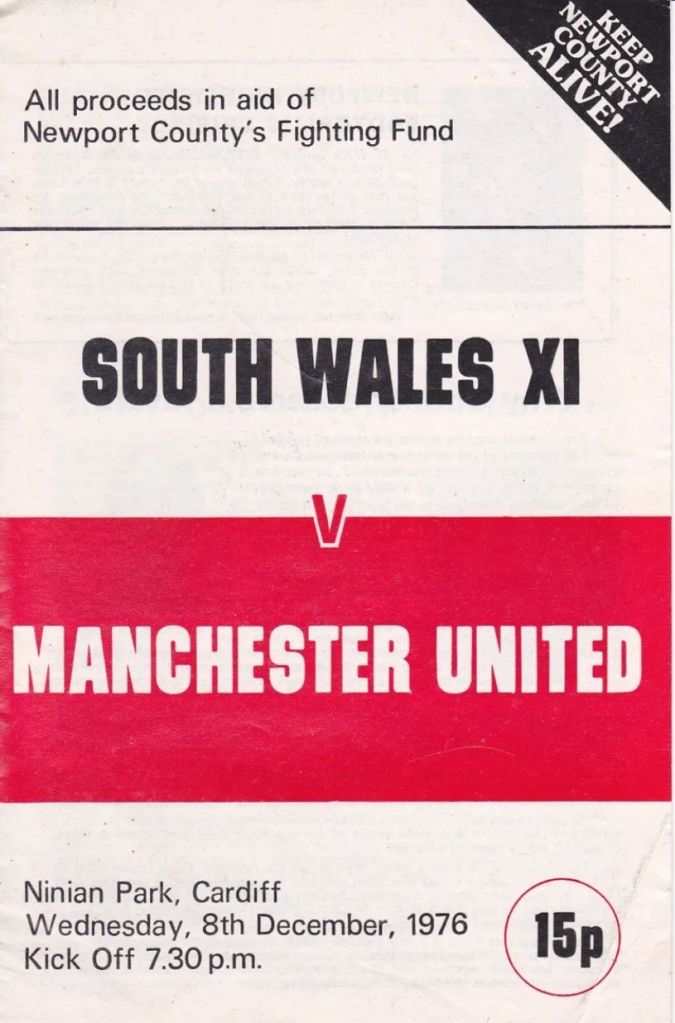
Perhaps justice was done. Almost half a century ago, the Manchester club gave Newport a helping hand in its fight for survival. Tommy Docherty’s side played a South Wales XI at Cardiff’s Ninian Park. I presume Dad went to the game, as I have a copy of the programme somewhere in the loft. As I blogged in 2013, County’s desperate plight in 1976 was headline news, and BBC Wales Today filmed the club chairman Cyril Rogers playing the piano (rather well, as I remember) to ease the stress of the survival battle. The Welsh X1 won 1-0, as the BBC noted this week, and Newport lived to play another day, narrowly losing a European Cup Winners Cup quarter final to Anderlecht five years later. But it was a case of fate postponed: County went bust in 1988, three years after my only visit to their old Somerton Park ground, when I saw them beat my team, Cardiff City, in a league cup tie. (I started my very first job, in Newport, the previous day.)
Newport County was reborn soon after that 1989 collapse, but the Football Association of Wales forced them to play their games in a different country. The FAW reasoned that it they wanted to play in the English league they should play in England. So the phoenix club had to play its home games in, of all places, Moreton-in-Marsh, an English town better known for its Cotswold charms than football. Eventually, as the BBC reported this weekend, County won a High Court case against the FAW, after the judge concluded that the FAW’s imposition of exile was “unlawful and an unreasonable restraint of trade”. This BBC report explains how County’s rebirth was down to one man, David Hando, the club president who died last year.
He would have been thrilled so see his beloved club give Manchester United such a scare.
It’s a story that even Ryan Reynolds and Rob McElhenney, Hollywood owners of Welsh rivals Wrexham, might have found too far-fetched…


